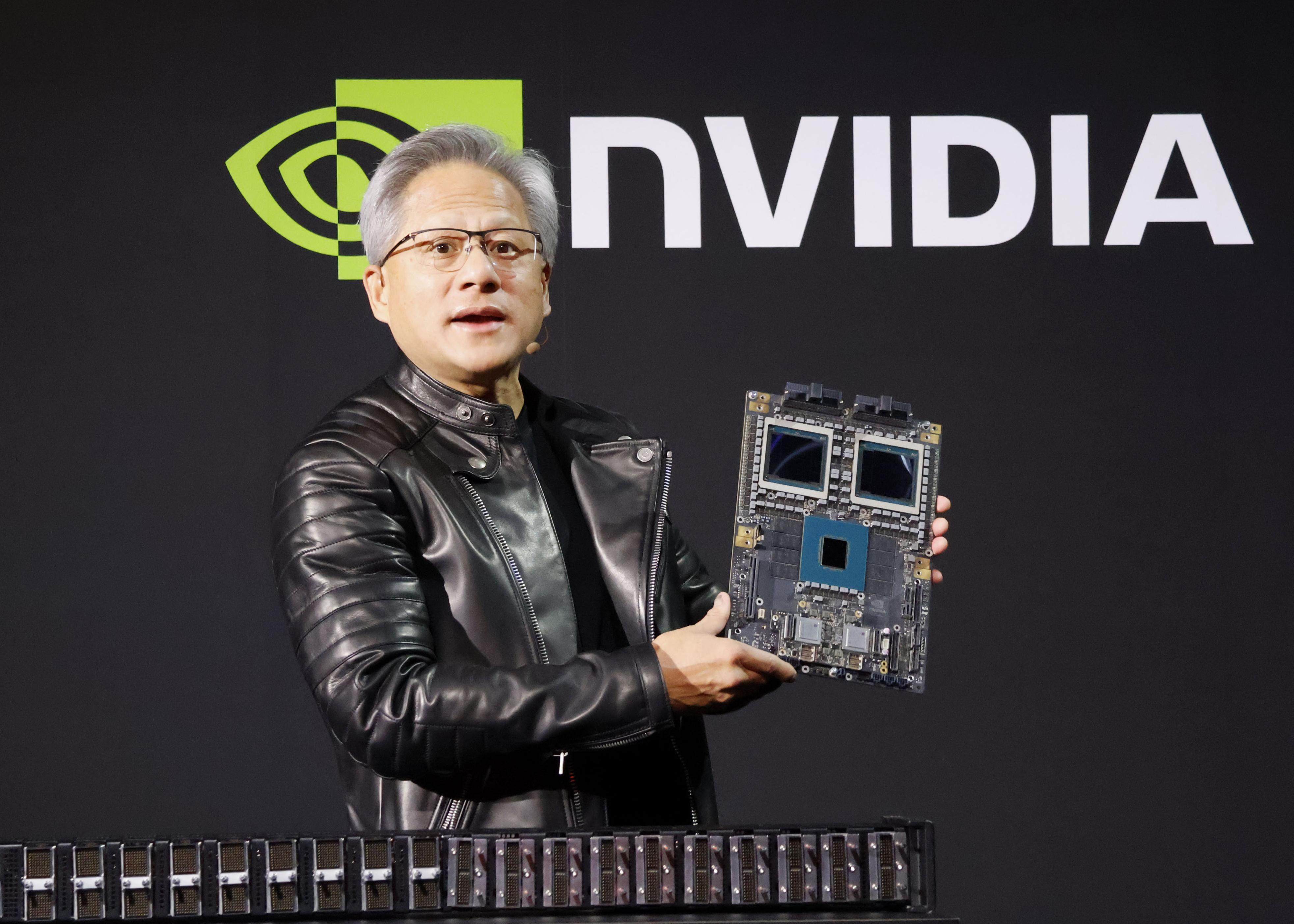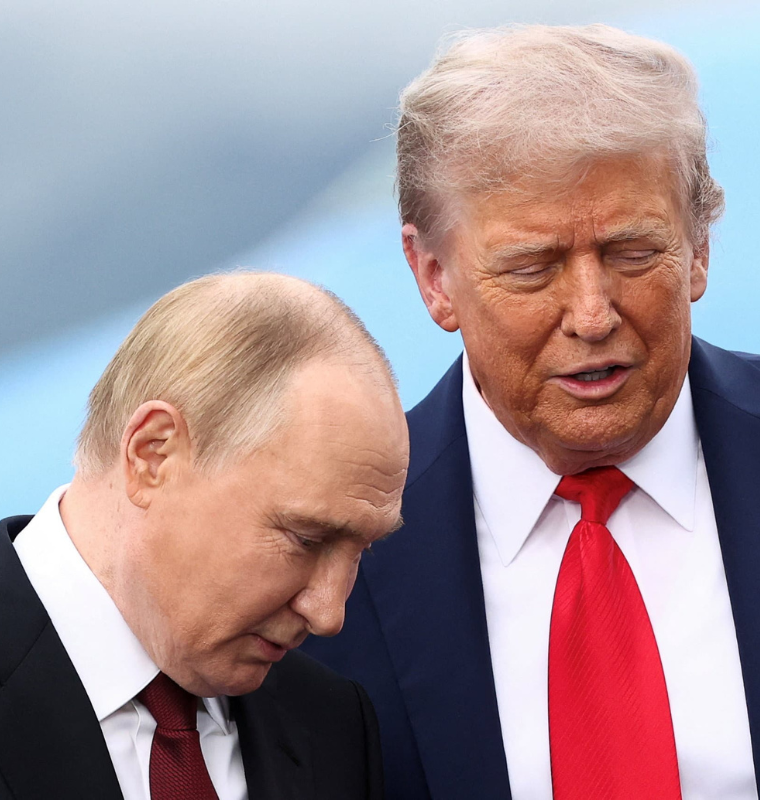Nvidia Begins Manufacturing AI Chips in Arizona, Marking a New Era of U.S. Semiconductor Independence
Nvidia Begins Manufacturing AI Chips in Arizona, Marking a New Era of U.S. Semiconductor Independence
By
Leah Rosenfeld
Last updated:
October 29, 2025
First Published:
October 29, 2025

Photo: South China Morning Post
Nvidia CEO Jensen Huang announced on Tuesday that the company’s most powerful Blackwell AI chips are now being manufactured in Arizona, signaling a historic shift in the global semiconductor landscape and a major win for U.S. domestic chip production. The announcement was made during Nvidia’s annual GTC conference in Washington, D.C., where the company unveiled a series of partnerships aimed at strengthening America’s leadership in artificial intelligence and advanced computing.
Nvidia Brings Manufacturing Back to U.S. Shores
Until now, Nvidia’s cutting-edge GPUs were exclusively produced in Taiwan by Taiwan Semiconductor Manufacturing Company (TSMC). That changed this quarter when TSMC and Nvidia confirmed the first Blackwell wafers were successfully fabricated at a facility in Phoenix, with full-scale production now underway.
Huang revealed that President Donald Trump personally urged him nine months ago to bring manufacturing back to the United States — emphasizing its importance for national security, job creation, and economic stability.
“The first thing that President Trump asked me for is to bring manufacturing back,” Huang said. “It’s necessary for national security, for jobs, and for America’s economic foundation.”
Nvidia also confirmed that its Blackwell-based systems — used to power the world’s most advanced AI models — will be assembled and tested within the U.S..
Record Demand for Nvidia’s AI Chips
Demand for Nvidia’s GPUs continues to outpace supply, driven by the global AI boom. The company has shipped over 6 million Blackwell GPUs in the past four quarters and expects to generate over $500 billion in sales between the Blackwell and its next-generation Rubin chips by the end of 2026.
Huang noted that Nvidia’s AI chips are now foundational to nearly every major AI model and data center around the world — from OpenAI and Google Cloud to Amazon Web Services.
Following the announcement, Nvidia shares rose 3.8%, pushing the company’s market capitalization above $3.2 trillion, briefly reclaiming its title as the world’s most valuable semiconductor company.
Strategic Partnership with Nokia to Rebuild American Telecom Infrastructure
In a major strategic move, Huang also unveiled a $1 billion partnership with Nokia, aimed at transforming the global telecommunications industry — valued at more than $3 trillion. Nvidia will take an equity stake in Nokia and collaborate to develop AI-powered chips for 5G and 6G base stations.
“Our communication infrastructure has been built on foreign technologies for too long,” Huang said. “This partnership will help the U.S. reclaim leadership in telecom innovation.”
The collaboration will use Nvidia’s new ARC platform, which combines Grace CPUs, Blackwell GPUs, and advanced networking technology. Nokia plans to integrate these chips into its next-generation base stations — a critical shift after the U.S. banned Chinese tech giant Huawei in 2018.
Industry experts believe the partnership could help Western allies reduce dependency on Chinese telecom equipment and secure the next generation of 6G infrastructure.
High Stakes Amid U.S.-China Export Restrictions
The move to manufacture chips in the U.S. comes as export restrictions to China continue to weigh heavily on Nvidia’s bottom line. The company estimates it lost over $10.5 billion in potential revenue due to licensing hurdles for its China-specific H20 chip.
In July, Huang met with President Trump to push for regulatory flexibility, arguing that U.S. interests are better served when Chinese firms depend on American AI technology rather than developing competing systems. While some licenses have since been approved, Nvidia remains “100% out of China”, according to Huang’s recent remarks.
The Trump administration reportedly plans to allow limited exports of downgraded AI chips to China under strict oversight, with Nvidia paying a 15% royalty fee on all China-related sales.
Expanding into Quantum Computing
Nvidia also revealed a major expansion into quantum computing, unveiling a breakthrough technology called NVQLink — a new interface that connects quantum processors directly to Nvidia GPUs.
Seventeen quantum startups are already building hardware compatible with NVQLink. Nvidia claims the technology will enable error correction, real-time orchestration of quantum systems, and AI-quantum hybrid applications in fields like climate modeling, defense, and medical research.
Huang also announced a collaboration with the U.S. Department of Energy to build seven new AI-powered supercomputers, further strengthening America’s edge in next-generation computing.
“Researchers will be able to orchestrate quantum devices and AI supercomputers together,” Huang said. “This is the next frontier of intelligence.”
The Bigger Picture
Nvidia’s decision to localize chip manufacturing reflects a broader transformation in global tech geopolitics. By moving part of its production to U.S. soil, the company not only aligns with Washington’s CHIPS and Science Act, but also helps fortify America’s semiconductor supply chain amid growing competition from China.
Industry analysts believe this move could encourage other chip leaders like AMD and Intel to follow suit, potentially reshoring billions of dollars of semiconductor investment to U.S. states like Arizona, Texas, and New York.
As Huang put it, “Nvidia is a proud American company building the AI infrastructure that will define our century.”
The message from this year’s GTC conference was clear — the future of AI will be built, trained, and powered in America.
Popular articles
Subscribe to unlock premium content
The Business Behind Handcrafted Japanese Knives That Sell for Thousands

How Calm Turned Bedtime Stories Into a $1 Billion Wellness Empire

The Rise of AI Digital Pets as a Billion-Dollar Fantasy

The Business Behind Handcrafted Japanese Knives That Sell for Thousands

How Calm Turned Bedtime Stories Into a $1 Billion Wellness Empire

The Business Behind Handcrafted Japanese Knives That Sell for Thousands









